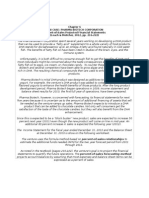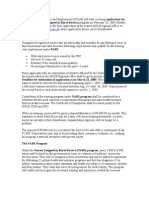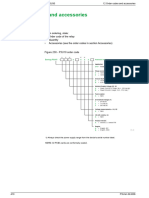0% found this document useful (1 vote)
3K views8 pagesSampling Errors
Samples are evaluated based on response rate, sample size, and sampling errors rather than final composition. Sampling error occurs when a sample is not representative of the population, while non-sampling error can arise from issues like respondent lying or inaccurate reporting. Both sampling and non-sampling errors can be minimized through methods like increasing sample size, pre-testing questionnaires, and establishing quality control procedures.
Uploaded by
Ajaya DhakalCopyright
© © All Rights Reserved
We take content rights seriously. If you suspect this is your content, claim it here.
Available Formats
Download as PPTX, PDF, TXT or read online on Scribd
0% found this document useful (1 vote)
3K views8 pagesSampling Errors
Samples are evaluated based on response rate, sample size, and sampling errors rather than final composition. Sampling error occurs when a sample is not representative of the population, while non-sampling error can arise from issues like respondent lying or inaccurate reporting. Both sampling and non-sampling errors can be minimized through methods like increasing sample size, pre-testing questionnaires, and establishing quality control procedures.
Uploaded by
Ajaya DhakalCopyright
© © All Rights Reserved
We take content rights seriously. If you suspect this is your content, claim it here.
Available Formats
Download as PPTX, PDF, TXT or read online on Scribd
/ 8
































































































